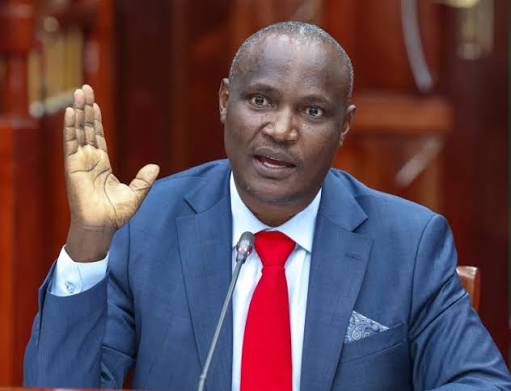
Treasury CS John Mbadi. Photo/courtesy.
Kenya’s inflation rate increased to 3.3 per cent in January 2025, up from 3.0 per cent in December 2024, according to the Kenya National Bureau of Statistics (KNBS). The rise comes as the country adjusts to evolving economic conditions, including changes in food, fuel, and transport costs.
The KNBS has recently adopted a new methodology in its reporting, separating the price movements of volatile items such as food, fuel, and transport from other components of the Consumer Price Index (CPI). This change aims to give a clearer picture of underlying inflation trends.
“Beginning with this release, KNBS will be publishing the core inflation rate (excluding food, fuel, and transport), alongside the overall and non-core inflation rates,” KNBS said in its report.
According to the latest data, core inflation, which excludes the volatile categories, eased slightly to 2.0 per cent in January from 2.2 per cent in December. In contrast, non-core inflation, which includes food and fuel, surged to 7.1 per cent from 5.2 per cent the previous month, reflecting rising costs in these essential sectors.
READ: Gov’t Backs Petroleum Boom to Fire Up Economy
Food prices remain a key driver of inflation, recording a 6.1 per cent increase over the past year. Fuel prices also rose by 0.7 per cent over the same period. As a result, many households adjusted their spending, cutting transport expenses while increasing allocations to education following the increase of fee by 2.8 per cent.
Despite the increase, Kenya’s inflation rate remains well within the Central Bank of Kenya’s (CBK) target range of 2.5 per cent to 7.5 per cent. The relatively low inflation levels over the past few months have been attributed to declining food and fuel prices.
To control inflation in previous months, the CBK had tightened its monetary policy, raising interest rates to curb rising consumer prices. However, as inflationary pressures eased, the regulator shifted its stance, cutting the benchmark lending rate to stimulate economic activity.
“Monetary policy decisions will continue to be guided by the need to anchor inflation expectations while supporting economic growth,” the CBK stated in a recent policy update.
This shift in policy has begun to reflect in lower commercial bank lending rates, which dropped to an average of 16.89 per cent in December from 17.22 per cent in early 2024.
Financial analysts expect inflation to remain within the CBK’s target range throughout 2025. According to the Cytonn 2025 Markets Outlook, the annual inflation rate is projected to average 5.3 per cent.
However, Cytonn warned that potential risks including high electricity costs, persistent fuel price volatility, and fluctuations in the exchange rate could impact inflation trends.
“The government’s borrowing strategy will also play a crucial role in shaping the economic outlook,” Cytonn analysts noted.
The government anticipates a fiscal deficit of 4.3 per cent of GDP for the 2024/25 financial year and plans to raise funds from both domestic and international markets to bridge the gap.
While the slight rise in inflation signals increased economic activity, policymakers will need to remain vigilant to maintain stability in consumer prices and support sustainable economic growth.





